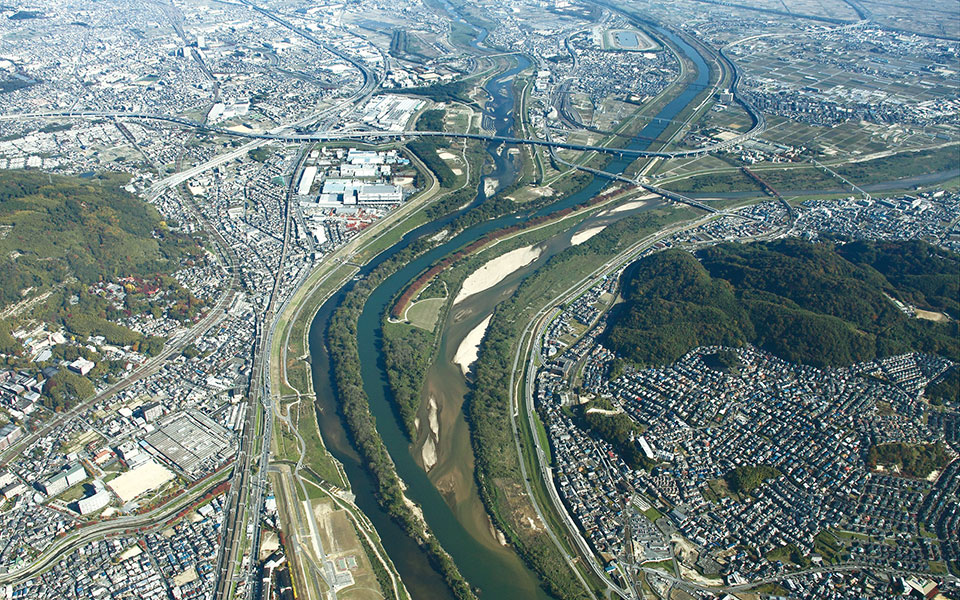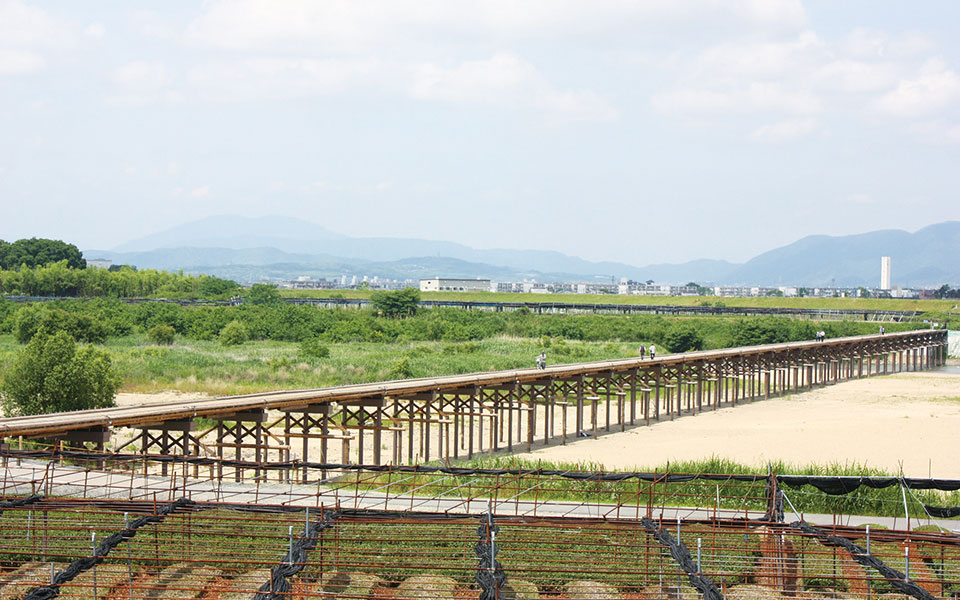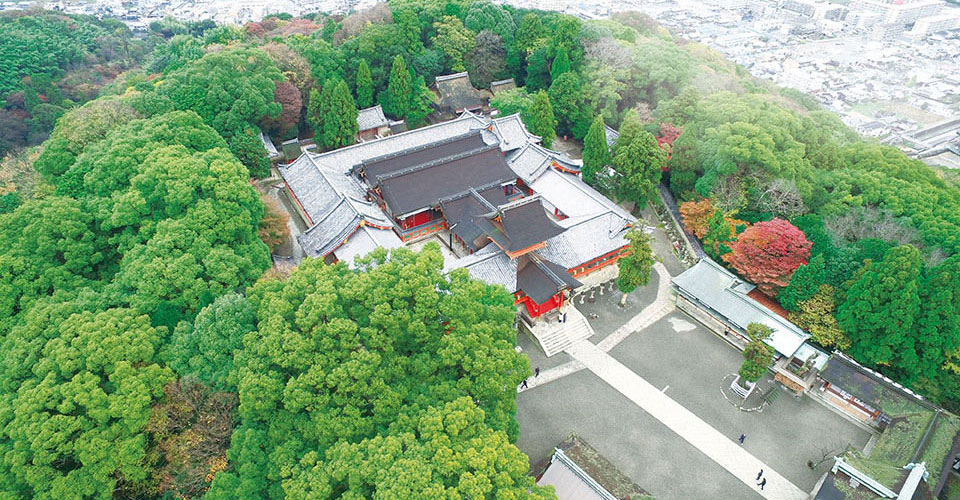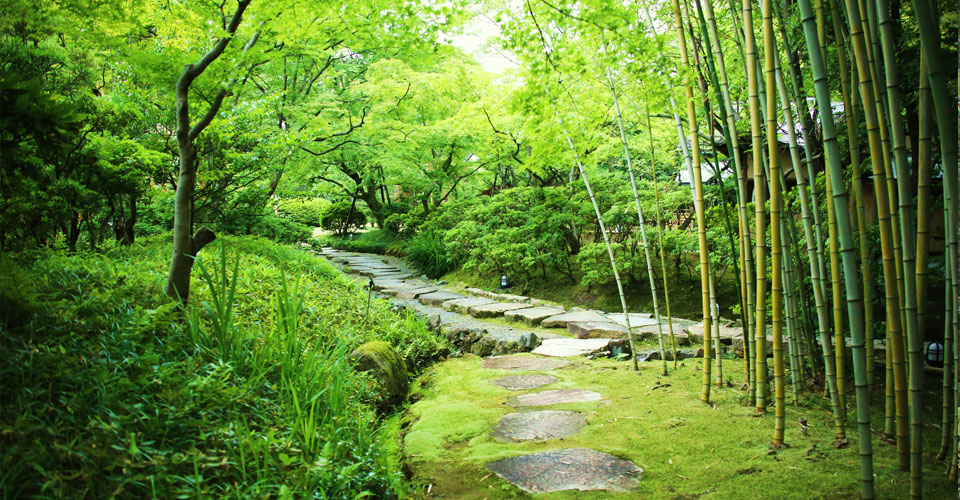Where Three Rivers Meet
The confluence of three rivers in Yawata is a topographical feature rarely seen elsewhere in Japan.
Here, the Katsura River from the Kyoto Basin, the Uji River from Lake Biwa, and the Kizu River from the city of Iga merge to form the Yodo River. The embankment separating the Kizu and Uji rivers is one of the most famous places in western Japan for viewing cherry blossoms. The area around the confluence is also home to Sakura Deai-kan, a facility with an observation tower boasting panoramic views, and the starting point for many sightseeing excursions.
With fertile soil and regularly occurring river mist, the area is an ideal environment for cultivating tea. The elegant scenery of the tea fields known as hamacha—tea growing on both sides of the river, joined by a floating bridge—was recognized as the first Japanese heritage of the Walk Through the 800-Year History of Japanese Tea.
Highlights
-
Nagarebashi (Floating Bridge)
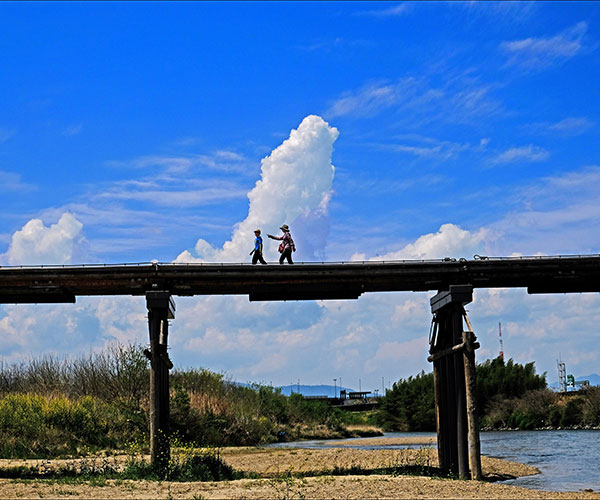
Nagarebashi (Floating Bridge)
The longest wooden bridge in Japan, with a total length of 356.5 m that spans the Kizu River. The deck is designed to flow downstream to reduce resistance during floods. The white, sandy riverbank and the clear stream combine to form harmonious scenery that is often used for film shoots.
-
Sakura Deai-kan
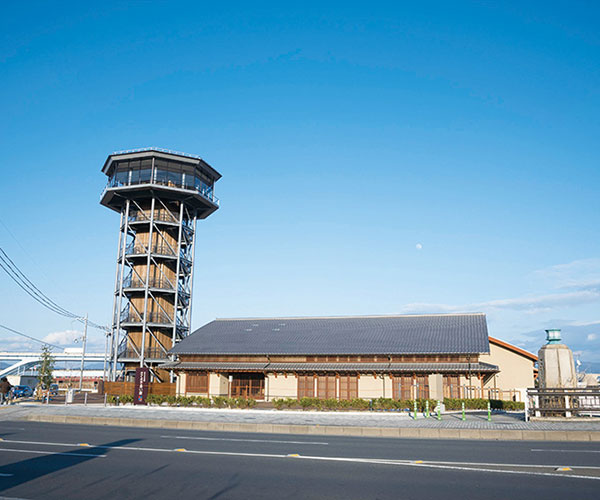
Sakura Deai-kan
The starting point for sightseeing excursions in the area around the confluence of the Katsura, Uji, and Kizu rivers. The facility opened in the spring of 2017, and features a rest area, an observation tower with views of the cherry blossom trees that line the embankment, and more.
-
Shikisai-kan
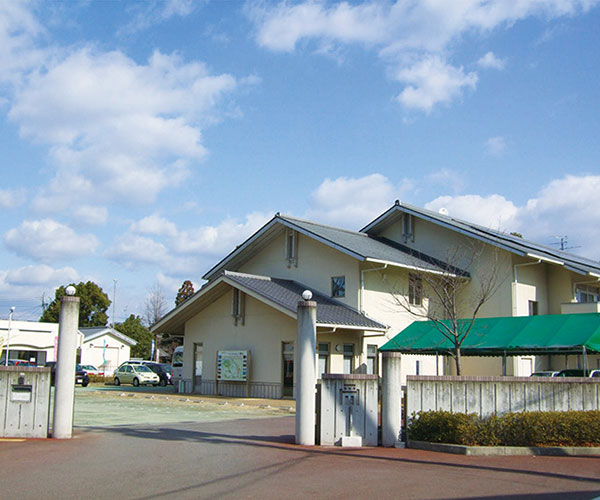
Shikisai-kan
A community center located near the floating bridge.
Visitors can experience the traditions and tastes of Yawata through tencha (green tea that is steamed and dried but not rolled) and other agricultural products processed and sold in the area, hands-on experiences such as making soba noodles from scratch (reservations required), and dining hall cuisine featuring locally grown vegetables. The center also includes lodging and bathing facilities. -
Tea Fields
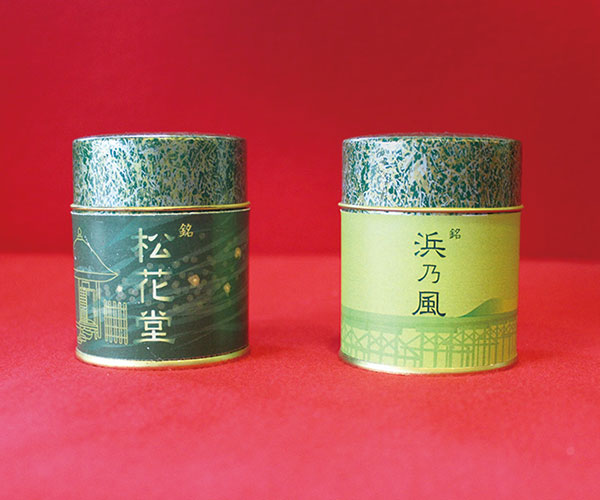
Famous matcha brands Shokado and Hamanokaze
Locals refer to tencha (green tea that is steamed and dried but not rolled) cultivated in the sandy soil along the Kizu River as “hamacha” (“shore-tea”). This local specialty of Yawata has a distinct quality and beautiful color. Matcha (powdered green tea) made from this tencha green tea is also a popular product.

